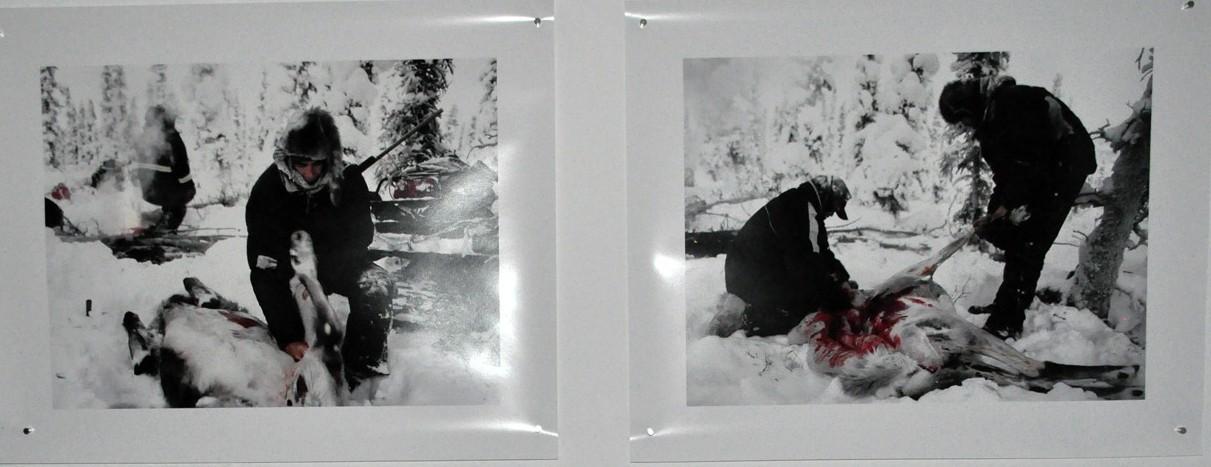Act on a Subtext: Arctic Art at Fordham’s Center Gallery
February 15, 2012

In 2007, documentary photographer Subhankar Banerjee photographed a slaughtered caribou, capturing an eerie moment in time; a period of time that might as well be as frozen as the sub-zero environment around him. But with this one photograph, Banerjee exposes a land that has been somewhat shrouded in mystery.
Over a decade later, the “Museums, Methods and Materials” class at Fordham College Lincoln Center (FCLC) will present select photos from Banerjee’s “Arctic Subtext” exhibit, which will hang in the Center Gallery from Feb. 17 to Mar. 23.
The artist and activist, as well as distinguished visiting professor, was born in Berhampore, India. The country’s vibrant cinema culture fostered in him a love of visual art and societal exploration. After a youthful foray into painting, Banerjee decided that life as an artist was financially inviable. He secured a bachelor’s degree in engineering before immigrating to the U.S., where he earned masters degrees in physics and computer science. He wound up in Seattle, working for Boeing.
But his passion for visual art did not die. After traveling, camera in-hand, throughout America and Canada, Banerjee left his career in science to pursue “a long-term photography project in the American Arctic.”
The images portray swaths of land and sea, migrating caribou, indigenous hunters and mysterious tracks. Visually, the work is striking. From Banerjee’s arial perspective, you might confuse a heard of marching caribou with a line of ants.
Which is one reason the exhibit contains more than photographs. Each image is coupled with an explicative text that goes beyond simply naming the piece and identifying its dimensions. “At first,” said Jo Anna Isaak, the John L. Marion Chair in Art History and instructor of Museums, Methods and Materials, “the images appear benign, but upon closer inspection, each presents a problem.” The “subtexts” delve into those problems, answering some questions and raising others. In this way, the work aims to transcend aesthetic appeal and engage environmental, political and sociological issues.
Banerjee’s decision to work with text and still photographs–as opposed to documentary film, the medium-of-choice for raising awareness about things–makes Arctic Subtext a standout exhibition. “Photography is a powerful medium,” said Banerjee, “it slows us down, makes us think philosophically.” Unlike a documentary movie, in which the filmmaker determines the pace of information, Banerjee’s presentation allows the viewer to explore both the visual image and its narrative text at any pace. The large, sweeping prints contain a wealth of visual information made even richer by its text. Where a documentary asks the viewer to sit back and absorb, Arctic Subtexts requires that one stand up and act.











